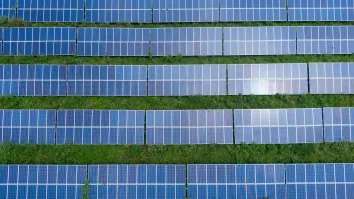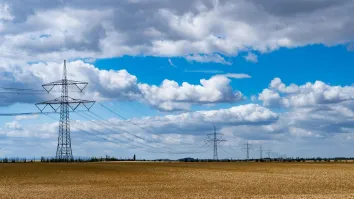The future of renewable energy in Cambodia
Cambodia has made significant strides in bringing electricity to over 98% of its villages, with only 245 villages still lacking access to electricity. However, as it has historically relied on non-renewable sources like oil, the country’s next challenge is to electrify these villages and transition to renewable energy sources. In its bid to help address this challenge, Leader Energy has acquired a transmission line, which serves as the backbone of Cambodia’s energy structure.
Malaysia-based Leader Energy first received a high-voltage transmission project in Cambodia—a 25-year Build-Own-Transfer Power Transmission Agreement with the Electricite du Cambodge (EDC)—in 2010. In 2022, it acquired the 230-kilovolt Kampong Cham-Kratie Transmission System to power Kampong Cham and Kratie, and transmit electricity from the Lower Se San 2 Hydropower plant in Stung Treng to Kratie.
Combining these two projects will be the main backbone of Cambodia’s transmission system, aimed to accelerate the country's transition to cleaner, more sustainable energy sources.
#AsianPower

















 Advertise
Advertise







Commentary
How pump retrofits boost profitability and efficiency in ageing power plants